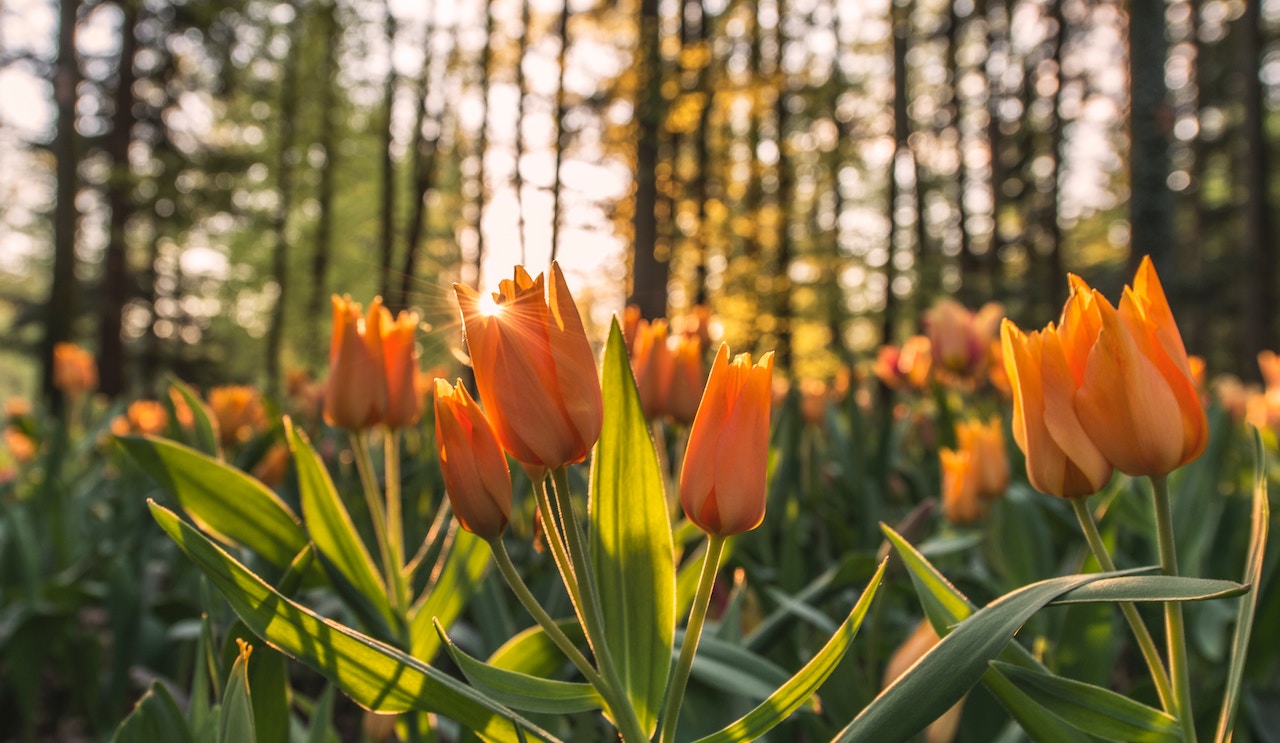
How To Interplant Annuals Amongst Spring-Flowering Bulbs
We had a late Spring, to put it politely–as opposed to all the cursing we’ve done earlier. Now we’re concentrating on how to make a true eye-popping landscape. Interplanting bulbs with other flowers is not only possible, but a wonderful idea to enhance the color of your garden. By planning ahead and choosing the right plants, you can successfully interplant your garden.
Start by keeping a record of where and how many bulbs are planted and you’ll be able to properly include annuals and perennials at a later date. You can use plant labels and popsicle sticks to remind yourself where your bulbs are planted. This is an easier alternative than drawing up a map of your flower bed.
What To Plant
The first decision you’ll have to make is what to interplant with your bulbs. The plants must be compatible and the roots are a good place to start. If a plant has aggressive, spreading roots, it isn’t the right choice. It is equally important to choose a combination of plants with similar light and soil needs. If one plant requires shade and the other plenty of sunshine, it’s not a good match.
Pansies and Snapdragons are good choices for an early flowering annual. They can live with a bit of cold weather and will provide colorful, early blooms. Summer annuals like petunias and marigolds can be added later to bloom as your bulbs begin to die. Choosing colors that complement each other will help in keeping your garden attractive and appealing.
Why To Plant
After a bulb has finished blooming, the lower stem and foliage will begin to wilt and yellow. The sight of a dying flower can be masked with the proper interplanting of other flowers. Don’t remove the bulbs and foliage right away. In fact, you should keep them intact as long as possible. With the added feeding, shade, and watering of the new flowers, this will encourage healthy growth for the bulbs the following year.
How To Plant
When planting your bulbs, the holes should be dug with a depth that is two times the size of the full height of your bulb. Choosing bulbs that bloom at different times will ensure that your garden has constant color and a longer flowering period. Fertilizing your bulbs too close to flowering time can encourage bulb rot known as fusarium. For this reason, you should avoid fertilizing annuals until the bulbs have died back.
Using a trowel, plant your annuals carefully among the bulb foliage. Watering after the plant has been placed in the soil will help encourage root and soil contact. It is important to plant the flowers after the bulbs to avoid causing any damage to the roots while digging. Remember to keep the soil moist, and not wet, as soon as the first bud has appeared. Watering should continue throughout the Summer and Fall for annuals and perennials. By following these steps, a gorgeous and colorful blooming garden can easily be attained.
Watch this video for useful information about interplanting.